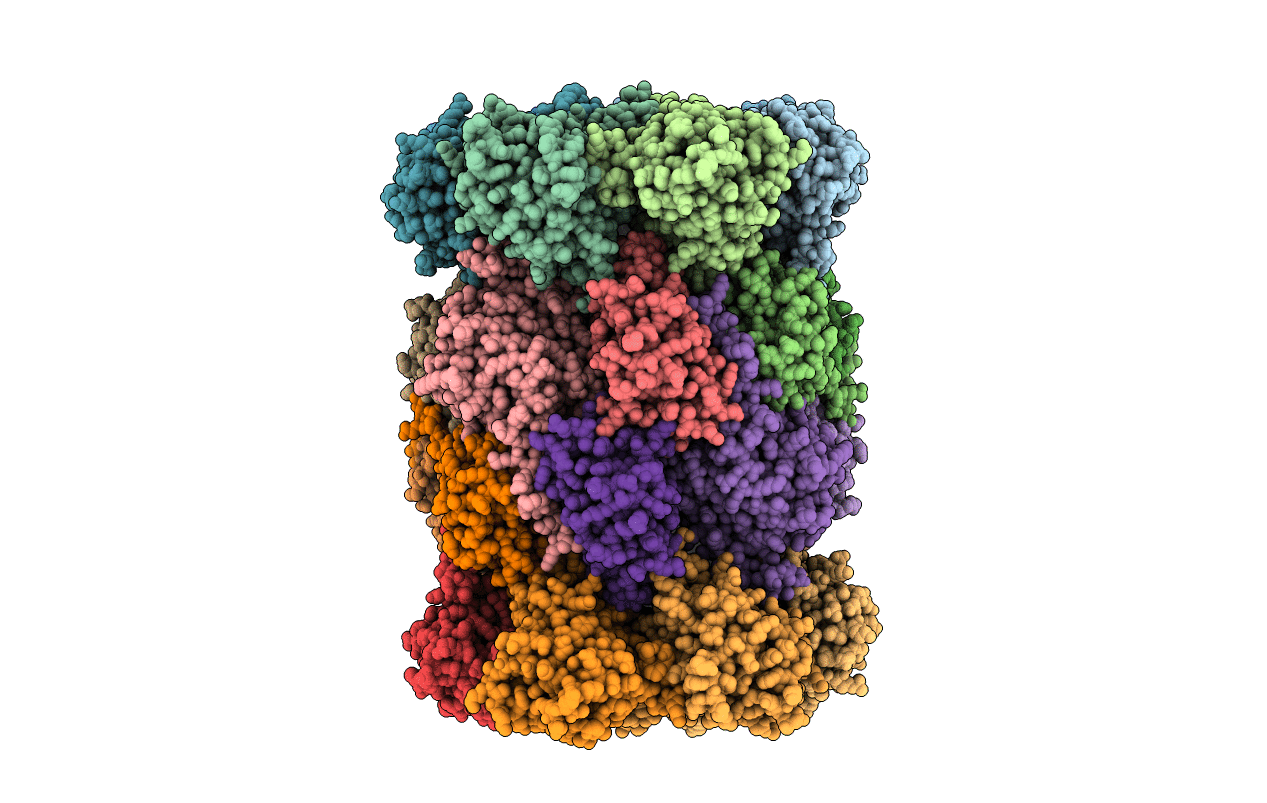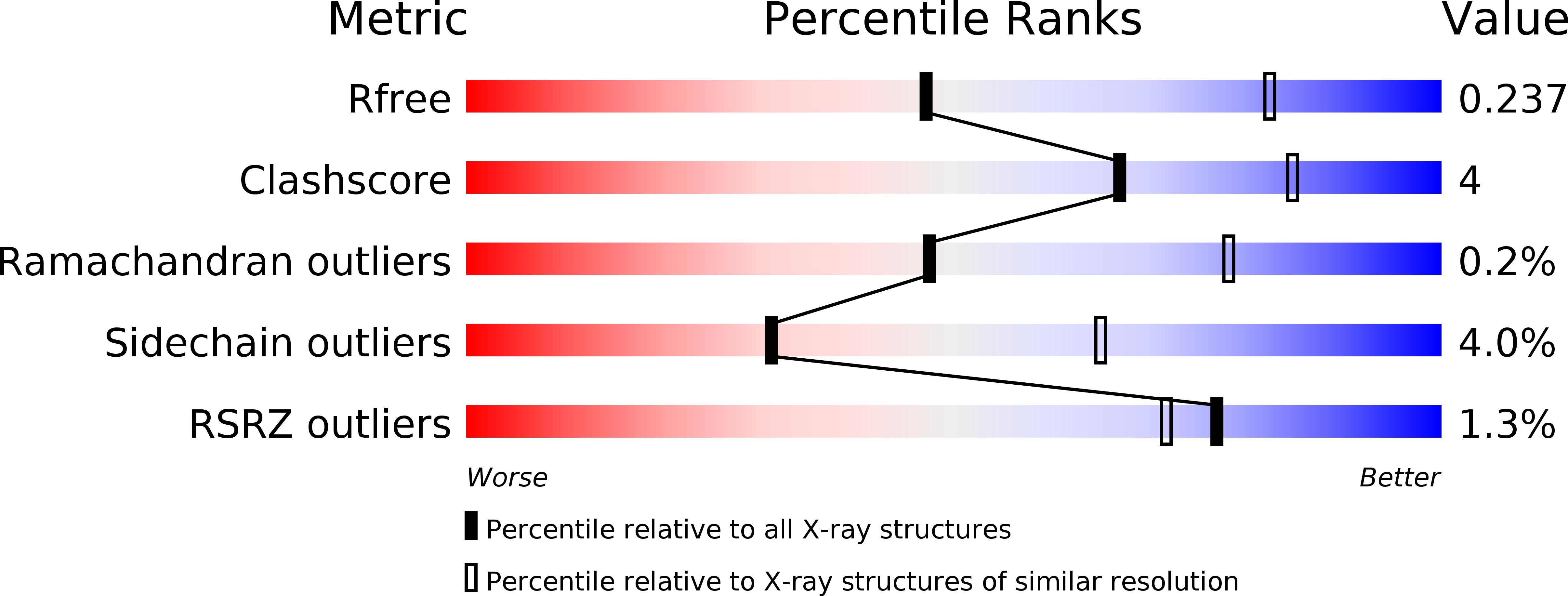
Deposition Date
2012-10-27
Release Date
2014-01-29
Last Version Date
2024-10-16
Entry Detail
PDB ID:
4HRD
Keywords:
Title:
Crystal structure of yeast 20S proteasome in complex with the natural product carmaphycin A
Biological Source:
Source Organism:
Saccharomyces cerevisiae (Taxon ID: 559292)
Method Details:
Experimental Method:
Resolution:
2.80 Å
R-Value Free:
0.23
R-Value Work:
0.20
R-Value Observed:
0.20
Space Group:
P 1 21 1


